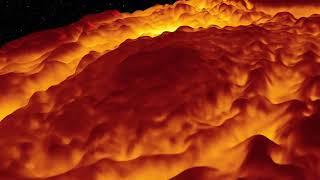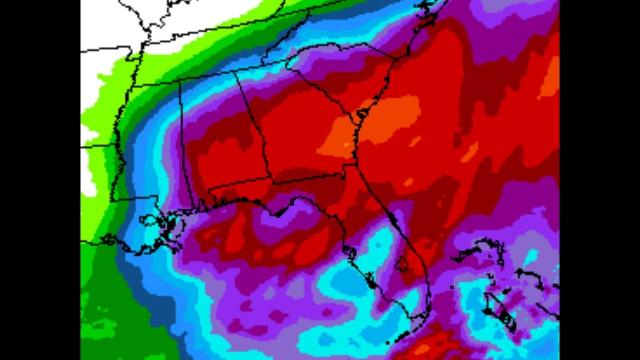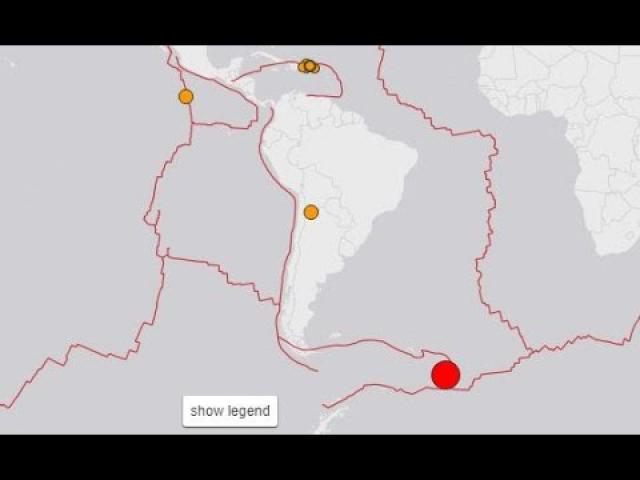Earth's Magnetic North pole is moving at a Fast Rate & Scientists don't know why.
Description
Say a prayer for me. I need a miracle.
God bless everyone,
T
https://www.paypal.me/THORnews
@newTHOR on twitter
https://www.facebook.com/thornewsgo
Tshirts
https://hitthebuttonbaby.com/
Suspiciousobservers youtube
https://www.youtube.com/user/Suspicious0bservers
the crankywxguy blog
http://www.stormhamster.com/entry/e020319.htm
mike's weather page
http://www.spaghettimodels.com/
models
https://www.tropicaltidbits.com/analysis/models/
a look at the Sun
https://sdo.gsfc.nasa.gov/data/
https://science.howstuffworks.com/environmental/earth/geophysics/earths-magnetic-north-pole-has-rapidly-shifted-in-past-40-years.htm
Earth's Magnetic North Pole Has Rapidly Shifted in the Past 40 Years
Washington, D.C. may be gridlocked, but Earth's magnetic north pole is on the move. Recently, it's been traveling at an unprecedented rate. That pushed scientists to update a vital navigation tool used by defense departments and smartphones alike.
Up in the Arctic Ocean lies the geographic north pole. It's where all the world's longitudinal lines converge — and the rotational axis of our planet meets its outer surface. But guess what? Your compass won't take you there. Compasses point to the magnetic north pole, a different destination altogether.
Earth is surrounded by a magnetic field that has poles of its own. One of these is the magnetic north pole. If you own a dip compass — a handy gadget whose needle moves both vertically and horizontally — you'll know when you've reached this spot because the needle will be pointing straight down at a 90-degree angle.
However, the magnetic north pole isn't stationary. In 1831, it was hanging out along the Boothia Peninsula in Canada's Nunavut Territory. It has since drifted northward into the Arctic Ocean, getting closer and closer to Siberia. Last year, the pole finally crossed into the eastern hemisphere.
Prior to the mid-1990s, it was — as the journal Nature reports — traveling at speeds of around 15 kilometers (9.3 miles) per year. Its current clip? About 55 kilometers (34 miles) annually.
"It didn't move much between 1900 and 1980, but it's really accelerated in the past 40 years," geophysicist Ciaran Beggan told Reuters on Friday, Jan. 11. Scientists aren't exactly sure why the magnetic pole has picked up speed although it looks like a jet of liquid iron (one of the materials that influences magnetic fields) is driving it away from Canada.
The World Magnetic Model
Beggan is a member of the British Geological Survey (BGS), which works with the U.S. National Oceanic and Atmospheric Administration (NOAA) to produce the World Magnetic Model (WMM). Earth's magnetic field is always changing and the WMM makes predictions about what those changes will look like in the near future.
The WMM is the "standard magnetic model used for navigation" by NATO, the U.S. Department of Defense, the U.K. Ministry of Defense, and "smartphone operating systems such as Android and iOS," according to the BGS's blog. So its accuracy is very important.
Normally, the WMM is updated every five years. But after its last routine upgrade in 2015, Mother Earth went and complicated things. An unforeseen "geomagnetic pulse" beneath South America startled the scientific community in 2016.
Routine accuracy tests found that the 2015 edition of the WMM was no longer up to snuff. In March 2018, NOAA announced that the model "had become inaccurate in the Arctic region."
The next update wasn't supposed to be made until 2020, but NOAA and the BGS went ahead and put a new one together ahead of schedule late last year. This version takes the 2016 geomagnetic incident into account, which might lead to better predictions going forward.














